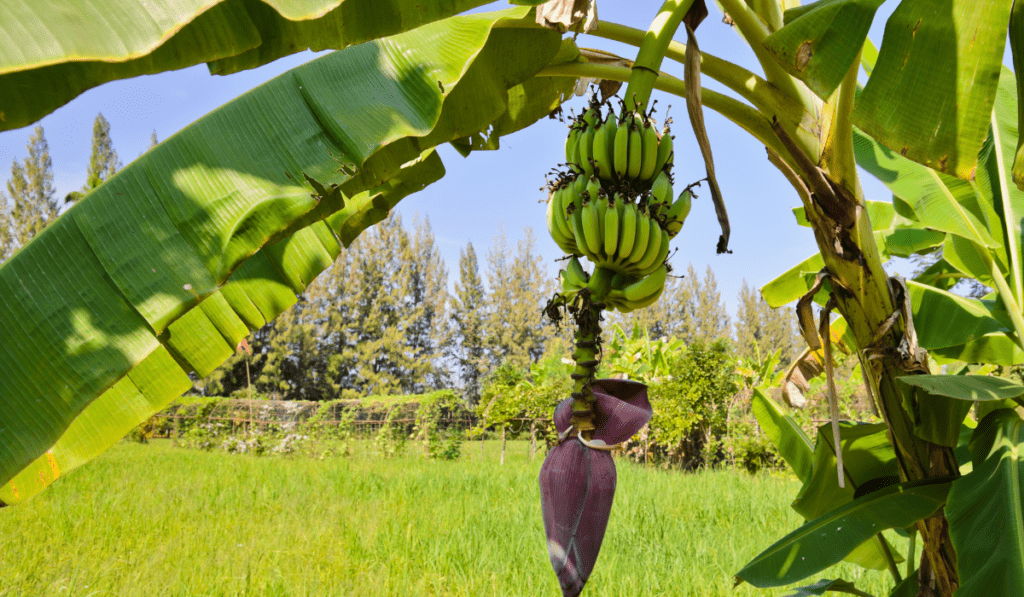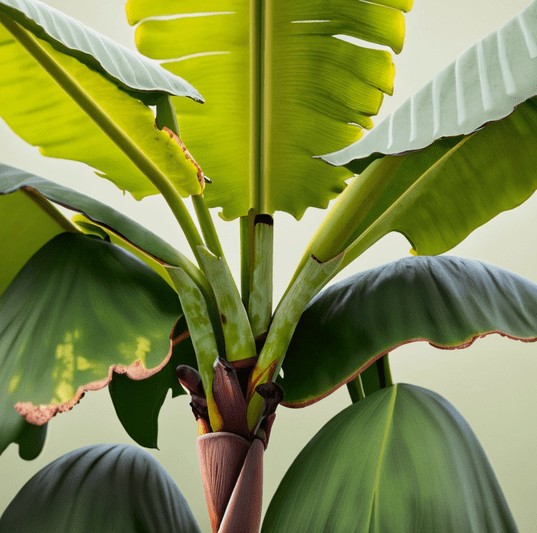Banana trees, known for their lush foliage and sweet fruit, are a delight to grow. While they don’t require extensive pruning like some other plants, neglecting to cut back banana trees when necessary can lead to various issues. In this guide, we’ll explore what can happen if you don’t prune your banana trees and why occasional maintenance is essential.
1. Overcrowding and Competition
- Limited Resources: Without pruning, banana plants can become densely populated with numerous suckers (offshoots). These suckers compete for nutrients, water, and sunlight, potentially resulting in stunted growth and reduced fruit production.
2. Reduced Fruit Quality
- Smaller Fruits: Overcrowded banana plants may produce smaller and lower-quality fruit because the plant’s resources are spread thinly among numerous suckers and fruit clusters.
- Slower Ripening: Crowded fruit clusters may also ripen more slowly, affecting the overall harvest time.
3. Increased Susceptibility to Pests and Diseases
- Limited Airflow: Dense foliage created by unchecked suckers can reduce air circulation within the plant. This can create a favorable environment for pests like aphids and spider mites, as well as fungal diseases like black leaf streak.
4. Structural Weakness
- Risk of Toppling: As banana plants grow taller and bear fruit, their weight can make them top-heavy. A lack of pruning can result in structural instability, potentially causing the plant to topple during heavy winds or storms.
5. Difficulty in Harvesting
- Inaccessible Fruit: Overgrown banana plants can make it challenging to access and harvest ripe fruit. This can lead to fruit left on the plant for too long, attracting pests and reducing overall yield.
6. Inefficient Resource Allocation
- Energy Diversion: Suckers that are allowed to grow unchecked divert energy away from the main plant. Pruning helps redirect resources toward the primary banana tree, promoting healthier growth and better fruit production.
7. Aesthetics and Garden Management
- Unsightly Appearance: Neglected banana trees can appear unkempt and untidy, detracting from the visual appeal of your garden or landscape.
- Garden Space: Uncontrolled banana growth can encroach on other plants in your garden, leading to competition for space and resources.
How to Prune Banana Trees
Pruning banana trees is relatively simple and can be done as needed to address these issues:
- Remove Excess Suckers: Regularly thin out excess suckers, leaving just a few healthy ones to grow alongside the main plant.
- Trim Dead or Damaged Leaves: Trim any dead or damaged leaves to improve the plant’s appearance and prevent disease.
- Harvest Ripe Fruit: Harvest ripe fruit promptly to avoid overloading the plant and to encourage more fruit to develop.
In Conclusion
While banana trees don’t require rigorous pruning, it’s essential to perform occasional maintenance to prevent overcrowding, ensure healthy fruit production, and reduce the risk of pests and diseases. Pruning also helps maintain the aesthetic appeal of your banana plants and ensures efficient resource allocation for optimal growth and harvest.



